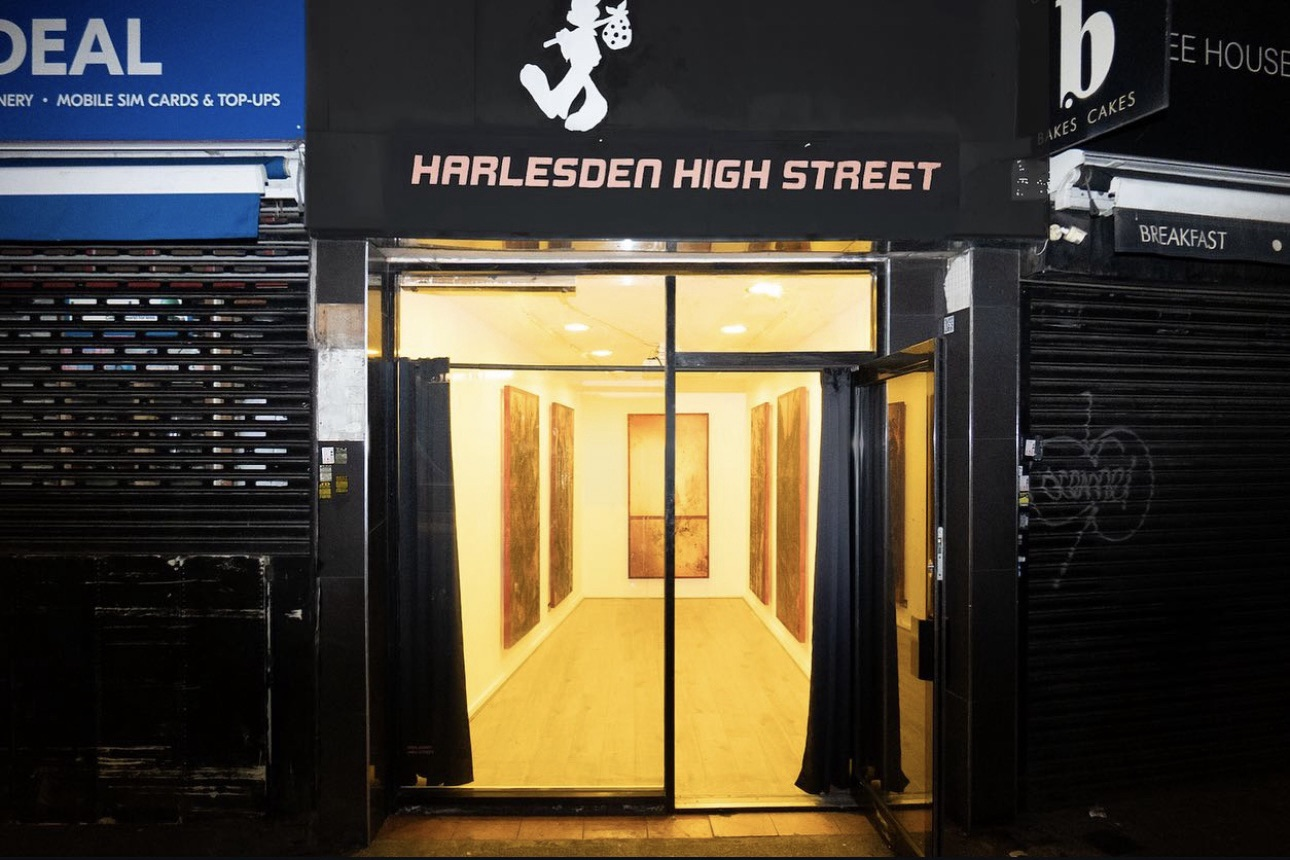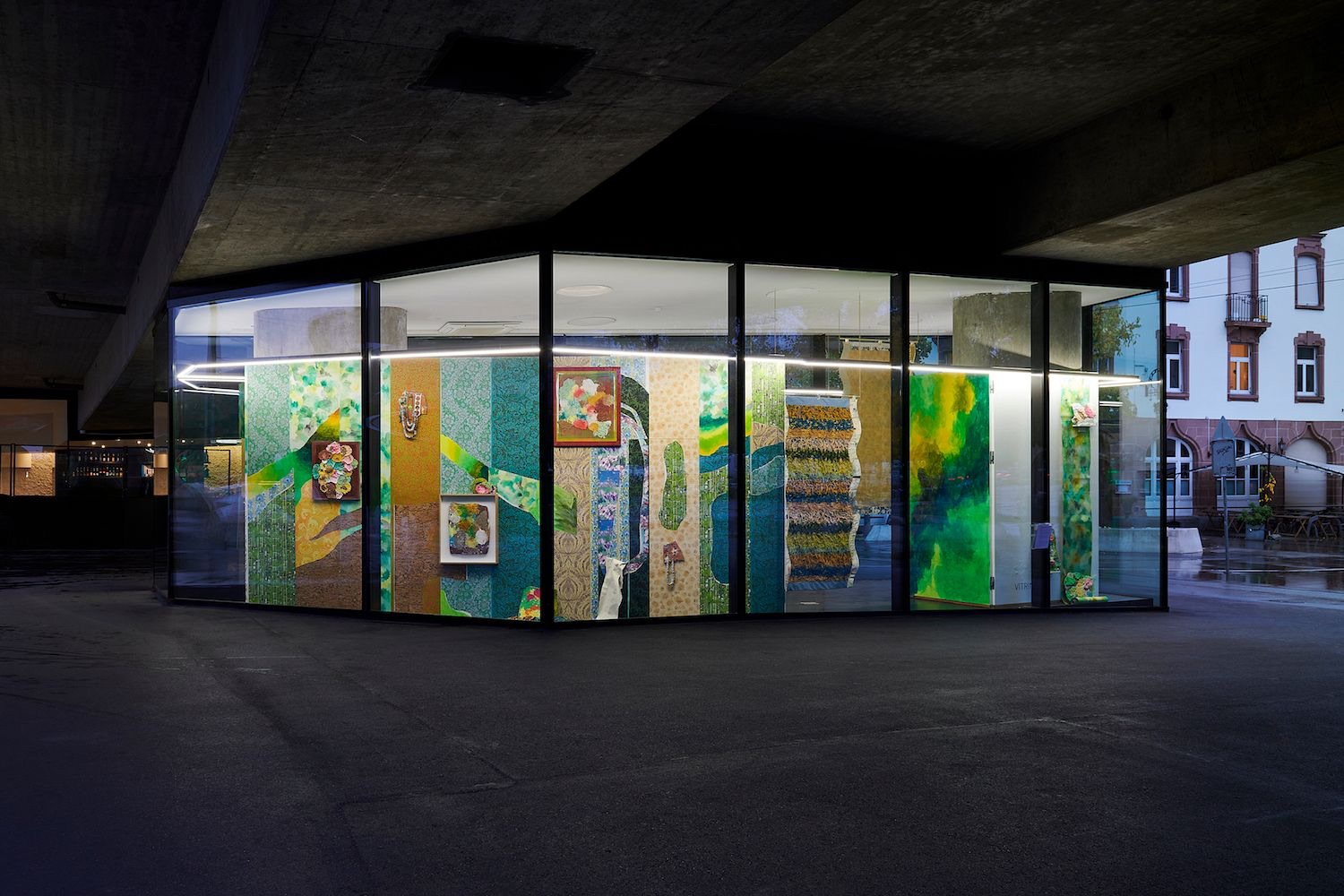Here’s how the last few weeks have looked from my sketch-covered desk. I've got one foot in London after Frieze Focus, the other pointed toward Paris’s emerging sector later this month and these are the gallerists/curators I’m watching if you’re trying to break into the market at the low-priced end. If you’re building your own shortlist or polishing a dossier, a quiet tip: LettsArt’s Creator Plus subscription includes access to write curator-quality research, process-note templates, and proposals that make outreach to galleries and curators read like a pro’s. It's worth a look at lettsart.com .
I came out of Frieze Focus feeling like the “annex energy” is gone. Younger programs were pushed to the front, and the booths that worked best weren’t shouting; they were tight, solo-like edits with a clear material thesis and prices that didn’t make collectors flinch. That’s the lane I’m aiming for: works on paper and small-scale pieces in a £1k–£8k entry band, plus a few core works around £10k–£25k . The dealers who sold in that zone weren’t just hustling - they were storytellers with receipts: studio images, concise texts, and a line of sight to institutional context.

Soft Opening (London): Small footprint, big conviction. They prize artists who can hold a room with a restrained edit and strong process notes. If your practice photographs cleanly and has an install hook (light, sound, surface), they notice.
Ginny on Frederick (London): Minimal square footage, maximal specificity. They respond to proposals that solve the problem of space with wit. They show works that activate architecture rather than just fill it. Think modularity, stackable components, or performance residue.
Vardaxoglou (London): Curatorial clarity. If your materials carry cultural memory (paper, textile, reclaimed media) and you can frame them with research that isn’t academic for its own sake, this program reads it.
The Sunday Painter / Emalin / Nicoletti (London): Different sensibilities, same principle: they watch coherent sequences, three to five works that map a thought, not a sampler platter. Bring a price ladder (editions, drawings) alongside one anchor work.

Project-space curators at university and municipal galleries who can translate a small solo into “institutionally legible” momentum.
Fair-section curators (Focus/Emergence equivalents) who value concise proposals : a single-page intent, 8–10 works, a wall plan, and a price rationale with visible entry points.
Residency leads with exhibition outcomes. A three-month residency that culminates in a catalogued show beats a pop-up every time; it gives dealers a reason to visit the studio with intent.
A believable production plan. If your work needs fabrication, show a costed path to deliver on time.
A price ladder, not a spike. Editions or intimate works on paper at the bottom; a few core pieces at the center; one future-facing piece that hints at scale.
Context-as-value. A 200–300 word text that clarifies method and stakes beats a grand manifesto. Include install photos, detail shots, and one paragraph on conservation/stability if materials are unconventional.
Institutional breadcrumbs. A group show, an open-call shortlisting, a residency - anything juried. Curators and dealers want third-party signals, not just social proof.
Paris tends to reward portable ambition : big ideas in formats that pack, ship, and install without drama. For me, that means a suite of small works with one slightly riskier piece that shows where the practice is heading. The galleries to watch there, often co-representing across cities, are pairing material intelligence with collector-friendly price points . If your work lives under ~€25k (with true entry works under €5k), you’re speaking the language.
My move now: two dossiers - one for London programs, one for Paris presenters with: (a) six images that read as a sequence, (b) a one-page intent + price ladder, (c) a short CV foregrounding juried selections and residencies. I’m also prepping a “tabletop” variant for fair contexts; small sculpture or works on paper near a desk invite longer conversations.
London’s Focus proved that discovery is a format, not a favor. Paris will test how well we package that discovery across borders. Keep edits tight, prices legible, and context generous, and the low end doesn’t just get a seat - it sets the tone.
Ready to turn this playbook into a gallery-facing profile complete with curator-quality research, process notes, and proposal templates? Start with LettsArt’s Creator Plus at lettsart.com Submit your work and key info and they write it for you.